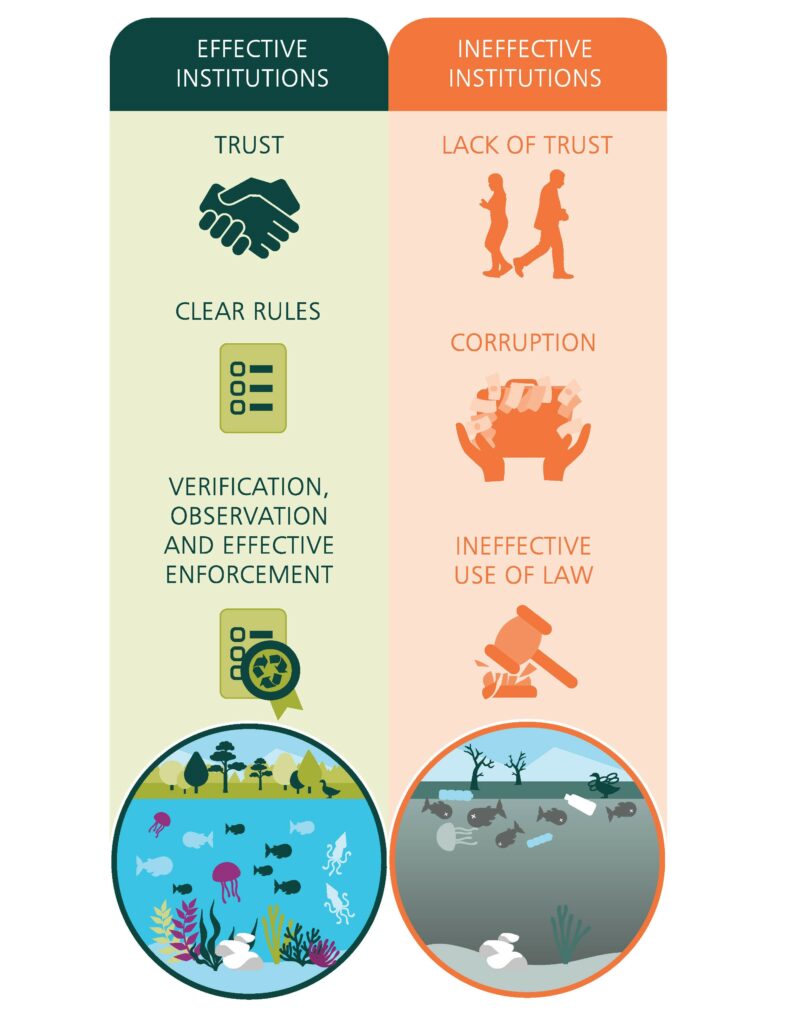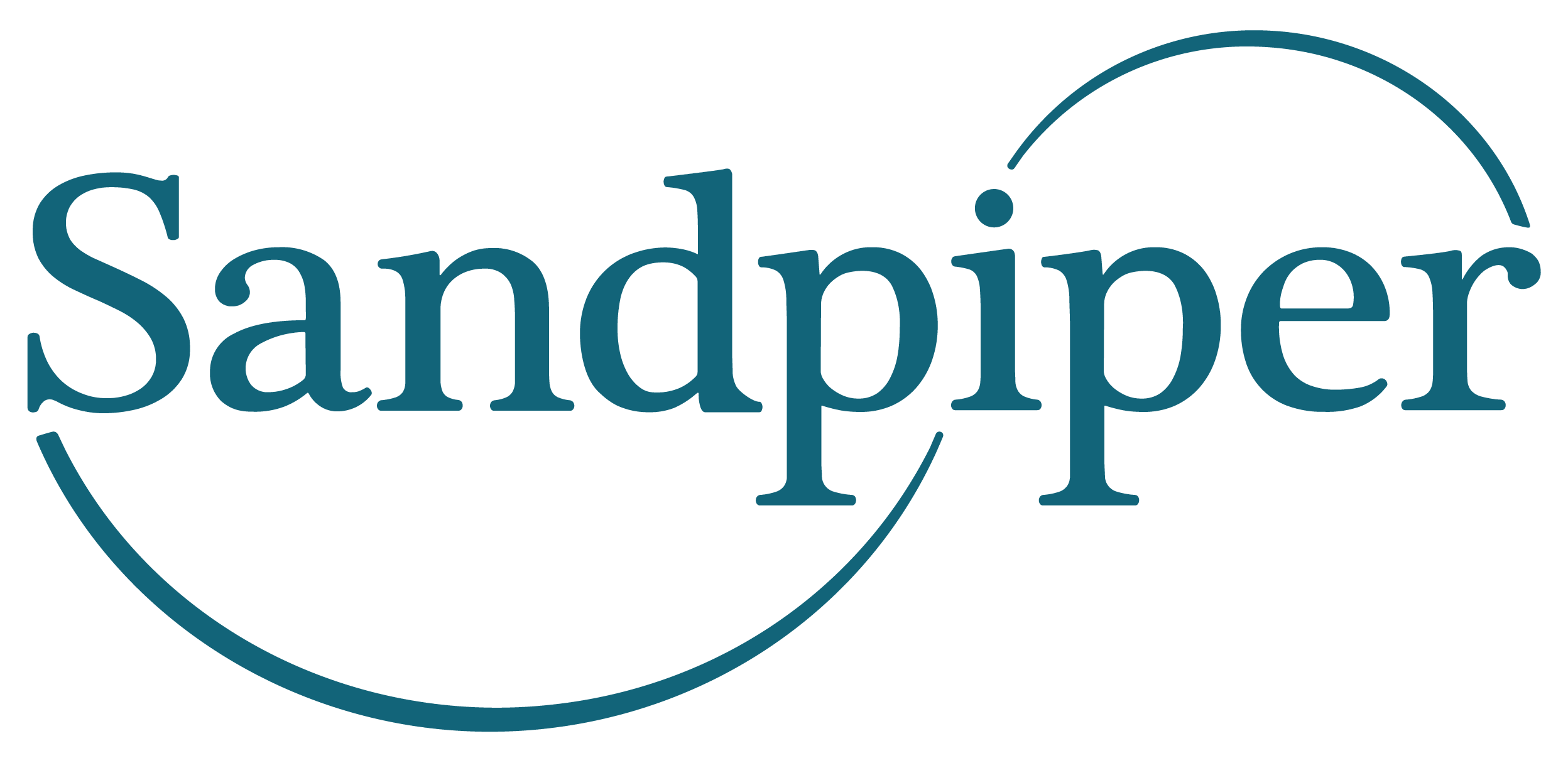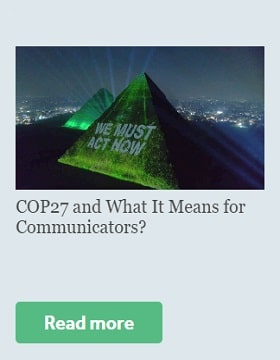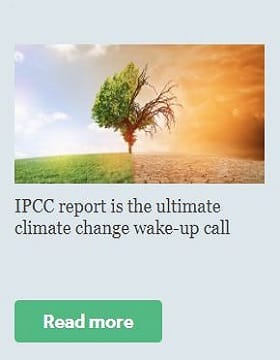
COP27 and What It Means for Communicators?

Healthcare Equity: Who’s Responsible for Closing the Gap?
The Black Box in Biodiversity Communications
November 2022

By Natalia Hau, a senior account manager based in Sandpiper’ office in Singapore. Natalia has 9 years’ experience in providing strategic communications and technical counsel for clients in agriculture, FMCG, retail, renewable energy and sustainability. She is a certified ISCC and SA800 auditor.
“Nature does not need us, we however, need nature.”
This axiom is ever more prescient in this epoch of environmental endangerment.
The effects of climate change have been well articulated and widely documented, and one critical component of accelerated planetary peril that looms above us all is the current state of biodiversity. Freshwater shortages, land degradation and unprecedented habitat loss are some undeniable precursors of what many are calling our Earth’s 6th Mass Extinction event, pushing us to issue a long overdue clarion call to double down on ecosystem conservation and investments in natural capital and assets.
This imminent threat is especially grave in the Asia Pacific region, home to two-thirds of the world’s population and 16 out of 37 global biodiversity hotspots.
The World Economic Forum (WEF) stated that more than half of the global GDP depend heavily on natural capital in the form of assets like functioning biospheres and ecosystems, as they form the foundation of many supply chains that support majority of businesses in our interconnected world.
The potential economic losses from unmitigated biodiversity loss are nothing to scoff at. According to a 2020 CDP Global Supply Chain Report, suppliers stand to lose a staggering USD$1.26 trillion in revenue in the next five years due to climate change, deforestation, and water shortages.
Why the inaction on biodiversity?
With such high stakes and in the face of irrefutable scientific data, why can’t we seem to overcome inertia and transmute the palpable urgency into action?
For one, conserving natural capital is a complex and multifaceted issue, with multiple stakeholders at play lobbying vested interests, coupled with disagreements on the allocation of responsibility and work amongst nations. Effective engagement and consistent participation of stakeholders are essential in getting things done and getting everyone’s buy-in is not an easy feat.
On top of that, corporate climate communications are often beleaguered with technical jargon, passive plans, vague targets that dilute a narrative’s resonance with its intended audience.

How can communications drive positive change and conserve biodiversity?
Don’t miss the forest for the trees.
Enacting environmental change and biodiversity conservation is a marathon, not a sprint. Long-term engagement efforts are required to engender systemic and structural changes to create tangible progress and impact.
We want to avoid our stakeholders becoming disenfranchised and detached. Proper planning and tactical navigation in communication plans will go a long way to empower and inform. We cannot afford to alienate, discourage and hector key parties at a time when we need to band together to drive positive change.
- Understand your audiences. Your corporate messaging and narratives must be tailored to the stakeholders and the desired actions you want them to undertake. The goal is to know what resonates and craft your proof points accordingly. For example, working with regulators on biodiversity compliance requires reporting your sustainability outcomes pegged to industry frameworks like TNFD or SBTi.
- Prioritize issues and objectives. Every company has a long laundry list of things they need to address and solve. Given the colossal scale of biodiversity restoration and remediation, companies need to hunker down and identify key biodiversity-related issues according to their materiality, urgency and degree of control they have in solving them. Only then can manpower and resources be effectively allocated to yield greater results. A focused list of objectives will increase the clarity of communication pieces – concise collaterals that highlight a short but achievable list of goals and initiatives is easy for targeted audiences to digest and retain.
- Align with your employees. We cannot undermine the importance of consistent engagement with our employees to ensure long-term change from within. Educating employees about biodiversity and train them to factor in these concerns in their daily decision making will cumulatively change a company’s culture over time. There should be an internal system that employees can access and view to track your company’s progress towards biodiversity targets and goals.
- Empower diverse stakeholders. When executed well, cross-sectional partnerships can amplify change and have ripple effects throughout the ecosystem. Different actors such as conservation groups, local indigenous communities and policy makers all have a role to play and engaging them will provide valuable insights into mainstreaming biodiversity change through panel discussions and roundtables. Equal representation of ethnicities, gender and age groups will lend authenticity and credibility to your company’s commitment to combating the crisis and increase the efficacy of your biodiversity initiatives on a ground level with their buy-in and participation.
- Transfer knowledge for capacity building. If your company is a part of a biodiversity working group, coming up with a communication toolkit to train and educate other member companies in the group like what the One Planet Network did for its Consumer Information for SCP Programme. A toolkit can help summarize best communication practices and provide recommendations for policy action and proposed measures to engage stakeholders in their own sectors.
Conclusion
There is much to be done to reverse decades of environmental degradation. Only through strict governance, genuine cross-sectional participation and investments in biodiversity protection can we all hope to co-exist with nature for generations to come.





